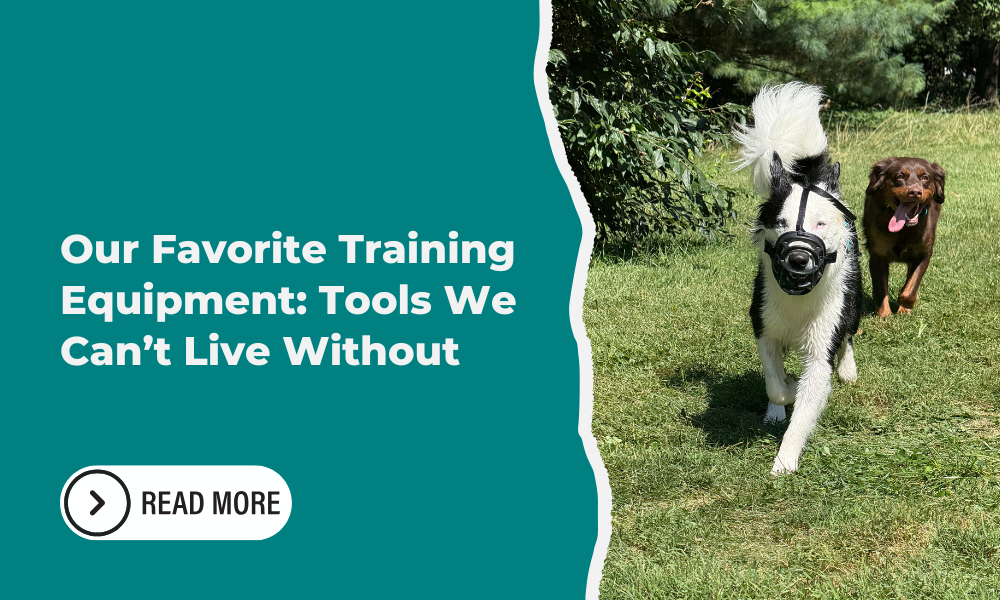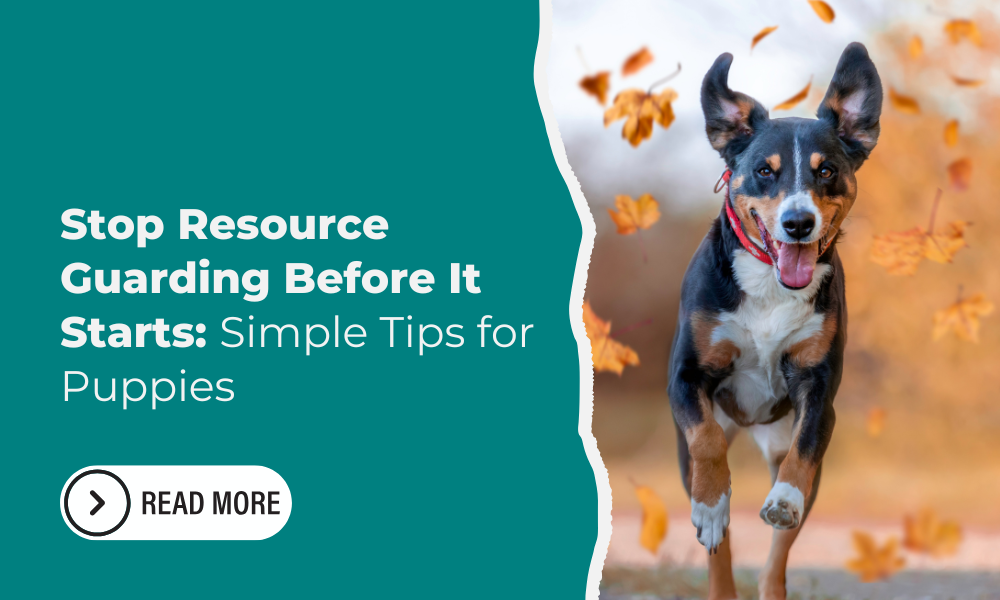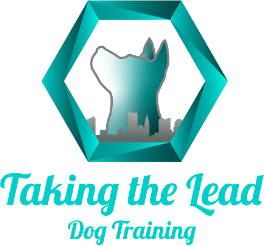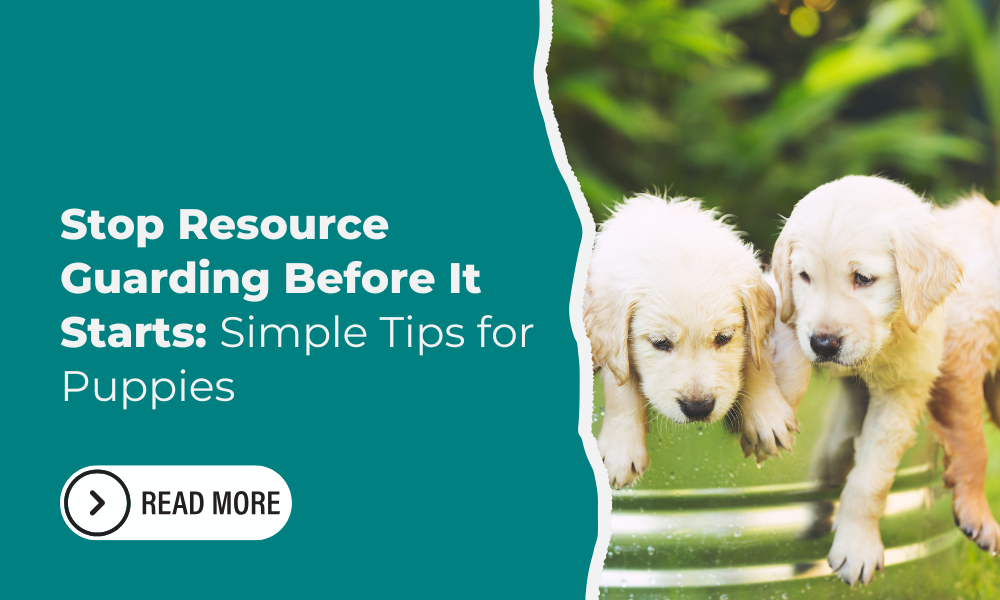How Much Daily Exercise Does Your Dog Really Need?
Taking the Lead • October 17, 2025

Every dog needs regular exercise to stay healthy, happy, and well-behaved — but the right amount varies depending on your dog’s age, breed, and overall health. Whether you’re caring for a curious puppy, a busy adult, or a relaxed senior, finding the right balance of activity will keep your dog in great shape physically and mentally.
Puppies: Short Bursts of Fun and Energy
Puppies are full of energy and excitement — and sometimes, it feels like they have no “off switch.” You may notice those playful “zoomies” where your puppy dashes around the house like a tiny tornado. These bursts are normal and show your pup’s need to release energy.
Because puppies are still developing, several short walks or play sessions throughout the day are much better than one long outing. Too much exercise at once can be hard on their growing bones and joints.
Tips for Puppy Exercise:
- Keep sessions short — about 5 to 10 minutes several times a day.
- Include gentle games like fetch, tug, or recall practice.
- Combine physical activity with mental stimulation — training sessions, puzzle toys, and social playtime all count!
- Every puppy has different energy levels, so pay attention to your dog’s behavior. When they start to slow down or lose focus, it’s time for rest and recovery.
Adult Dogs: Building a Routine That Fits Their Breed and Lifestyle
As your dog matures, their exercise needs will depend heavily on their breed and energy level. Working or sporting breeds — like German Shepherds, Retrievers, and Border Collies — often require more physical and mental activity to stay balanced. Breeds with lower energy, such as Bulldogs or Shih Tzus, may prefer a slower pace.
Most adult dogs benefit from 30 minutes to 2 hours of daily activity, which can include:
- Brisk walks or runs
- Games of fetch or tug-of-war
- Structured obedience or agility training
- Interactive playtime and socialization
If your dog has health concerns like hip dysplasia, joint pain, or heart issues, consult your vet before making any major changes to their routine. The goal is to keep your dog active in a way that supports their long-term health.
Senior Dogs: Gentle Movement for a Healthy Life
Even as dogs grow older, regular exercise remains important for maintaining strength, mobility, and a positive mood. Senior dogs may not be able to move as quickly as they once did, but keeping them active helps manage weight and prevent stiffness.
Tips for Senior Exercise:
- Choose low-impact options like short walks or gentle games.
- Keep sessions short and allow plenty of breaks.
- Monitor for signs of tiredness, limping, or heavy breathing.
- Your senior dog knows their limits, and as their owner, you’ll notice when it’s time to slow things down. Consistent, gentle movement keeps them feeling their best.
Exercise is more than just physical activity — it’s an essential part of your dog’s emotional and mental well-being. If you’re unsure how much activity your dog needs, talk to your veterinarian or your trainer. They can guide you based on your dog’s breed, age, and health.


When it comes to dog training, having the right equipment can make a huge difference. From walks to at-home practice, these tools help make training smoother, safer, and more effective. Here are some of our top recommendations: 1. Treat Pouch Keep treats handy for rewarding good behavior on the spot. Check it out here . 2. Long Lines Perfect for recall and off-leash training: Waterproof 30 ft: See it here Cloth 30 ft: See it here 3. Leashes Durable leashes help maintain control during walks: Leather Leash: Shop here 4. Comfortable Beds & Cots Provide your dog a safe, comfortable space to relax: Fabric Cot: Check it out Industrial Kuranda Cot: Shop here 5. Kennels & Crates From everyday use to training or travel, having a secure kennel or crate is essential: Ruffland Kennel: Shop here Affordable Plastic Crate: See it here Heavy Duty Options: KBC Collapsible Crate: Check it out Impact Crate: Shop here 6. Muzzles For safety and peace of mind during training: Baskerville Muzzle: See it here Choosing the right equipment makes training more effective and keeps both you and your dog safe and comfortable. These are our go-to tools that we recommend to every dog owner, whether you’re just starting out or reinforcing advanced skills.

Fall is more than just colorful leaves and pumpkin-spiced everything—it’s also one of the best seasons to focus on your dog’s training. With cooler weather, fewer distractions, and the holidays approaching, autumn provides the perfect setting to build new skills and strengthen your bond with your pup.


Share On: